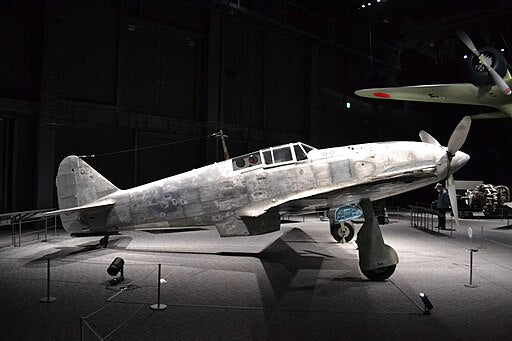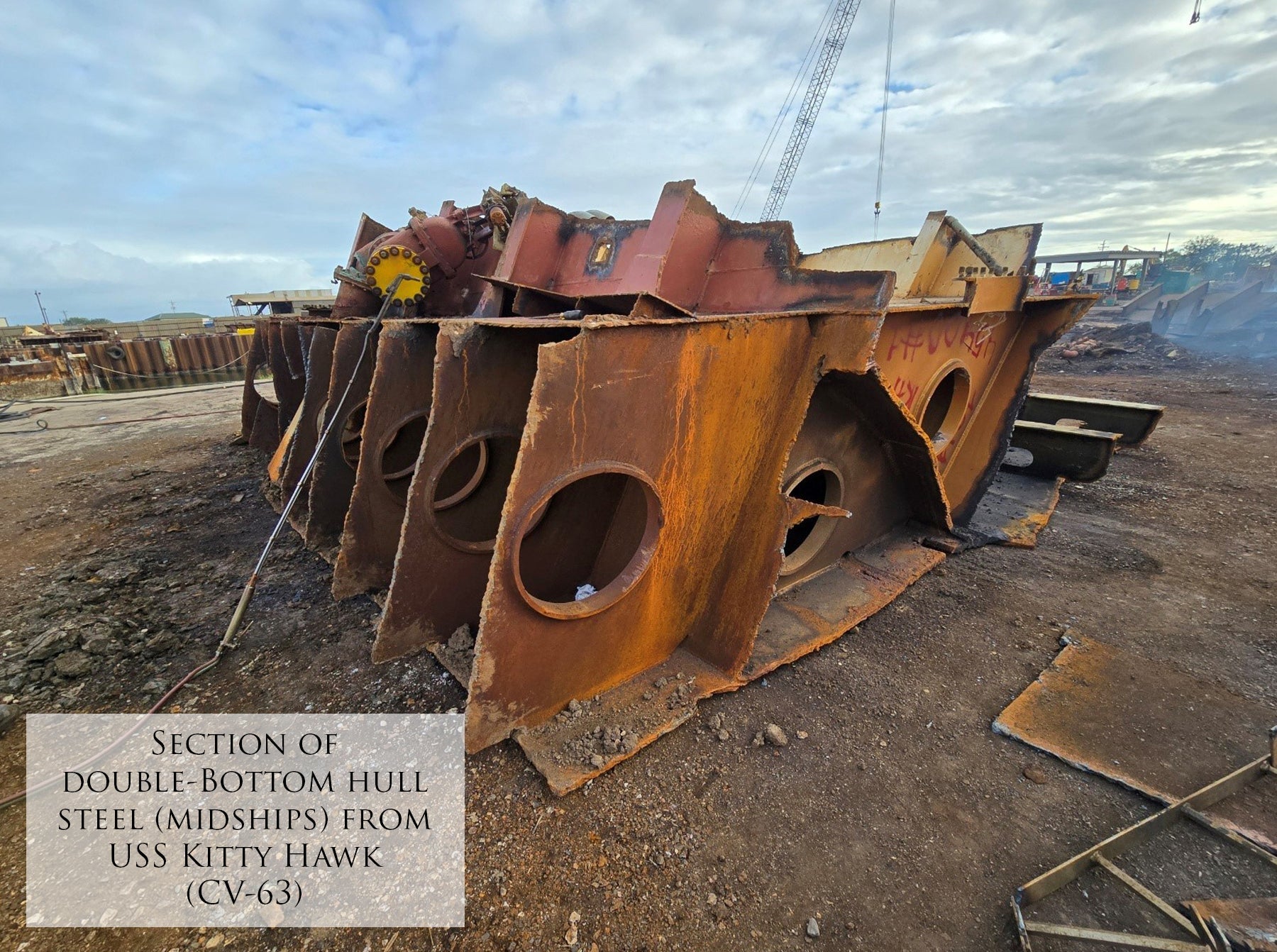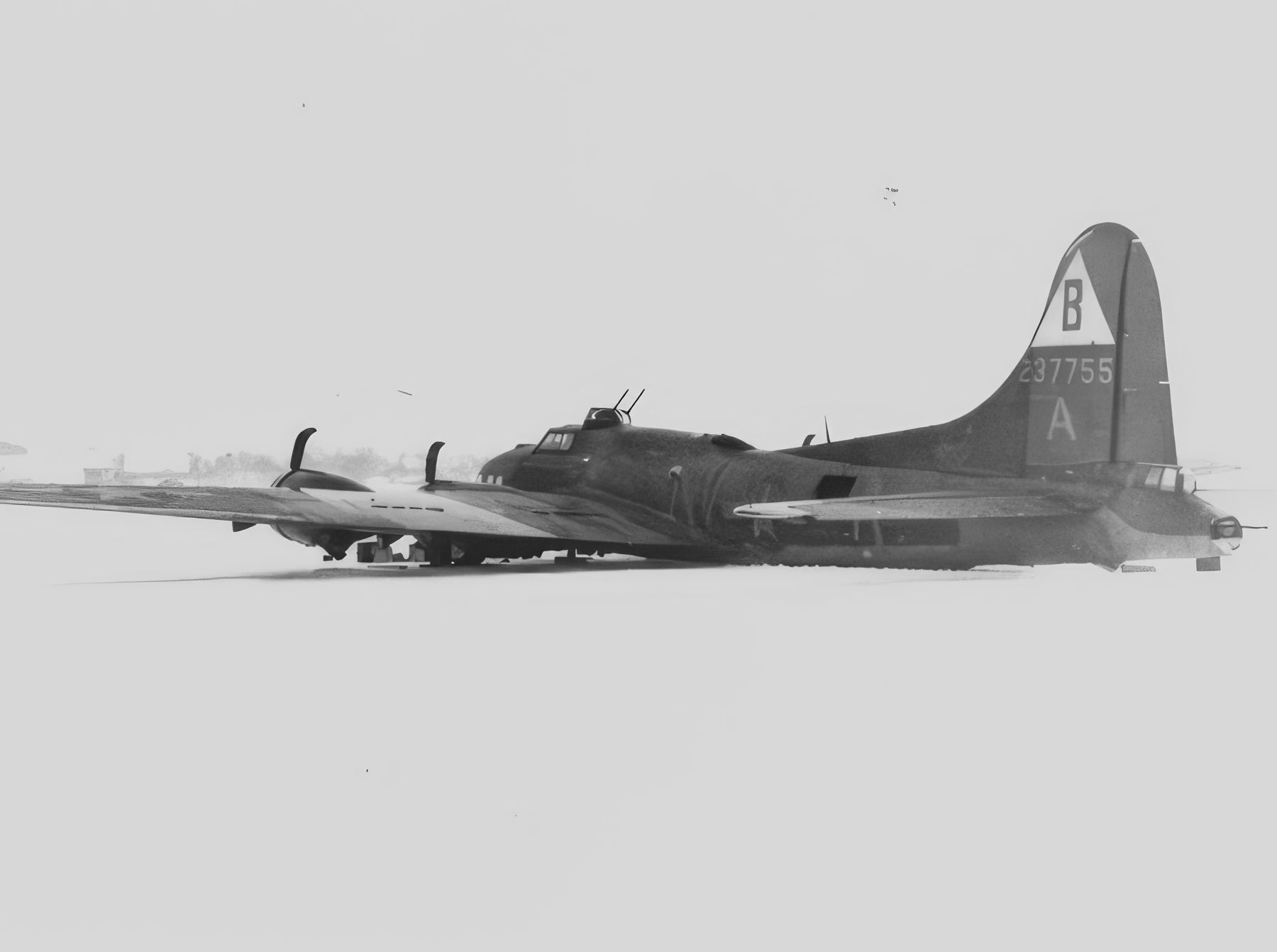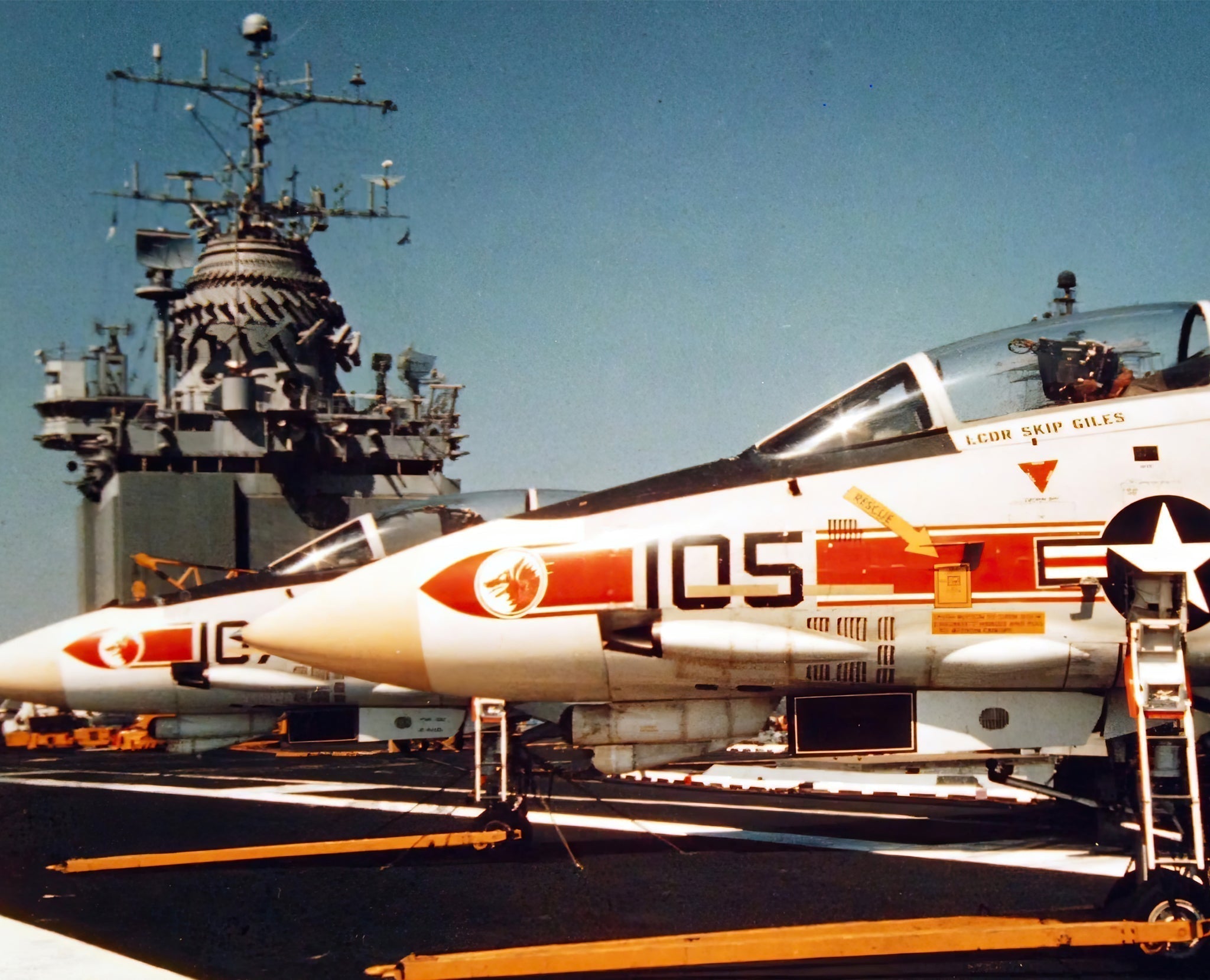The Ki-61 Hien, affectionately known as the “Tony” by Allied forces during World War II, is a unique chapter in aviation history, intertwining Japanese ingenuity with Italian design prowess. With its slender silhouette and formidable capabilities, this aircraft broke the mold of traditional Japanese fighter design, embodying a fascinating blend of innovation and international cooperation. Below, we dive into the intricate story of the Ki-61, unraveling its Italian connections and its impact on the world of aviation.
The Genesis of a Hybrid Warrior
The inception of the Ki-61 can be traced back to the early 1940s when the winds of war were sweeping across the globe. Kawasaki, a prominent player in the Japanese aviation industry, sought to revolutionize its fighter fleet, looking towards Italy’s aviation marvels for inspiration. The company secured a partnership with Dr. Richard Vogt, a German aeronautical engineer working for the Italian company Breda. This collaboration laid the groundwork for a fighter blending Japanese craftsmanship with Italian design philosophy.
A Technological Tango
The Ki-61 was a dance of technologies, merging the best of both worlds. It was powered by a licensed-built version of the German Daimler-Benz DB 601A engine, which departed from the radial engines commonly used in Japanese fighters. This liquid-cooled, inline engine endowed the Hien with impressive speed and agility, further enhanced by its sleek, aerodynamic design—a clear nod to Italian influence.
Breaking Stereotypes
The Ki-61 Hien shattered preconceived notions about Japanese aircraft. With its all-metal construction, inline engine, and robust armament, it starkly contrasted with the lightweight, agile fighters that had become synonymous with the Japanese Air Force. The Hien was a statement demonstrating Japan’s ability to innovate and adapt, drawing upon international expertise to bolster its technological prowess.
The Hien in Battle
In the crucible of war, the Ki-61 proved its mettle, participating in numerous battles across Southeast Asia and the Pacific. Its pilots admired the Hien for its stability and responsiveness, which made it a formidable adversary in the air. However, like any complex machinery, the Hien had its share of challenges. The engine, while powerful, was prone to reliability issues, and the aircraft’s demanding maintenance requirements posed logistical hurdles.
The Legacy Lives On
As World War II drew to its tumultuous close, the Ki-61 Hien inscribed its story indelibly into the vast chronicles of aviation history. In the modern day, this aircraft transcends its wartime legacy, standing not merely as an instrument of conflict but as a symbolic testament to the power of international collaboration and the relentless pursuit of technological excellence. Preserved examples of the Hien serve as tangible reminders of this unique chapter, sparking curiosity and admiration from aviation enthusiasts and historians alike.
Conclusion
The Ki-61 Hien’s journey through history is a captivating tale of cross-cultural collaboration and engineering innovation. Its Italian connection underscores the remarkable ways technology can transcend borders, creating hybrids that challenge conventions and redefine possibilities. As we reflect on the legacy of the Hien, we celebrate its role in shaping the course of aviation history, honoring the spirit of innovation and resilience that brought this remarkable aircraft to life.
For more insights into the Ki-61 Hein ‘Tony’ and other important military aircraft, visit Aces In Action. Here, you’ll find an amazing piece of artwork by Craig Tinder titled “Final Defense of 357,” which illustrates Captain Teruhiko Kobayashi of the 244th Sentai in his desperate ramming attack against U.S. B-29 Superfortress bombers. The limited edition canvas print even includes a piece of specific Kawasaki Ha40 Engine Canister that was retrieved in 1989 from Ki-61 “Tony” (No. 704) at Babo Island Airstrip, Irian Jaya, New Guinea, making it a unique piece of history!
Final Defense of 357 – Ki-61 Hein ‘Tony’ Aviation Art by Craig Tinder
27 January 1945 – Captain Teruhiko Kobayashi of the 244th Sentai, prepares for an attack on the B-29 Superfortresses of the 497th Bombardment Group, 73rd Bomb Wing. The 497th had attempted to attack Target 357 (aircraft engine factories) numerous times with little impact. On this day, Kobayashi dived down with his wingman and attacked the B-29 “Irish Lassie” (42-65246) by crashing his Ki-61 Hein (Tony) into the bomber’s wing. Awaking after a brief period of unconsciousness, Kobayashi parachuted to safety. Although claimed as a kill by the Japanese that day, “Irish Lassie” safely delivered her crew back to base and broke in two upon landing.
To purchase or see similar items, visit here.
Commissioned by Museums, Treasured by Collectors





Share:
P-51 Mustang: From WWII Hero to Korean War Veteran
Unveiling the B-29 Superfortress: Technological Triumph in Aviation